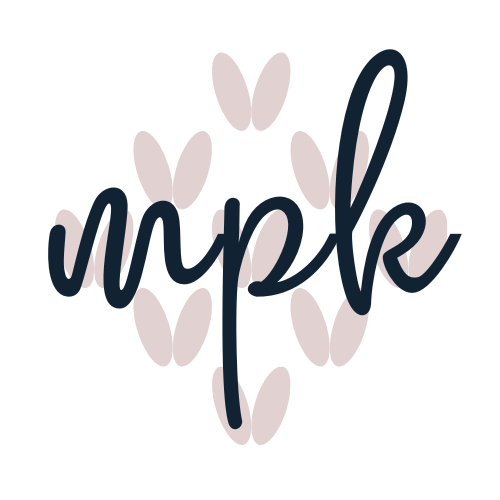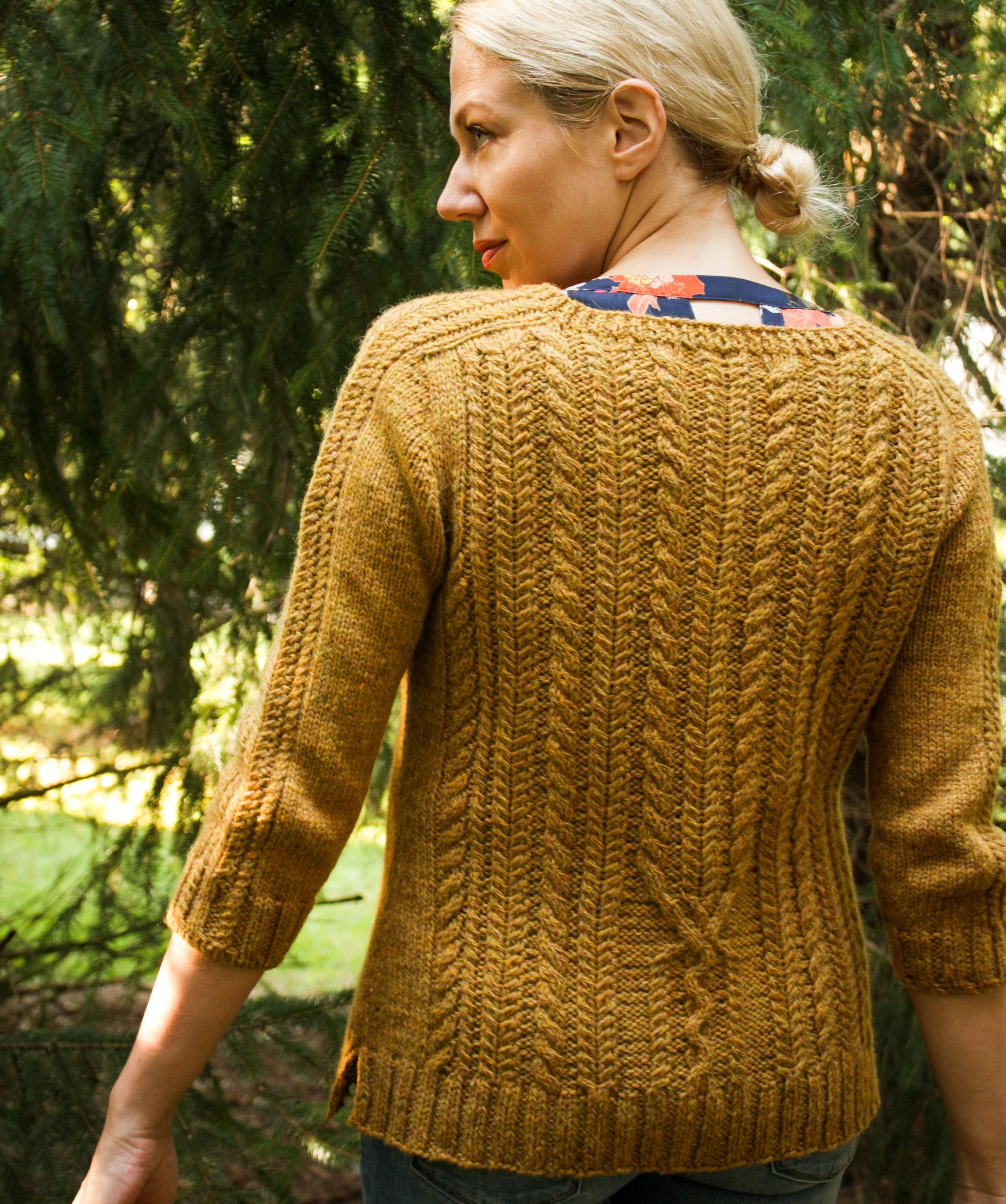Behind the Scenes: The Business of Knitwear Design
Last week I reviewed the process behind taking a design from idea to pattern. Today I want to talk about the actual business of pattern design. A not uncommon message pattern designers often receive about their work, whether from within or outside the knitting world, is "You love to knit! So it's not really work." (Oddly enough, this often comes in response to the apparently outlandish idea that you expect to be paid for your work.) This attitude minimizes the time and effort that go into creating quality knitting patterns, and undervalues designers' skills and talents.
It also demonstrates a lack of understanding about the work goes into running a pattern design business. So first, let's clear up the biggest misconception about knitwear design: it's NOT all knitting!
Now, there is a fair bit of knitting involved, but many designers actually use sample knitters, so they aren't the ones doing the knitting. Why use sample knitters? If someone else is knitting your samples, that frees up your time to produce more designs. And more designs, in theory, equals more income.
But regardless of whether the designer does his/her own knitting, there are myriad non-knitting tasks involved in designing, and some of them aren't exactly a party. I discussed a few of them in the previous post: sketching, swatching, math, pattern writing, photography, photo editing, pattern layout. Some designers also work with local yarn stores, printers and/or distributors to wholesale their patterns, collaborate with indie dyers to create kits, exhibit at shows and festivals--and many other tasks I'm surely missing. Not only are these things work, but they are often done under deadline, which means stress. Knitting stress: it's a real thing.
Then the pattern is published: uploaded to Ravelry, Craftsy, Etsy, Love Knitting, etc., blogged, tweeted, Instagrammed, Facebooked--repeatedly, sometimes, trying to get it in front of as many pairs of eyes as possible in a crowded marketplace. There are newsletters to write, giveaways to run, promotions to plan, ads to create, KALs to host. Especially for less established designers, there's a lot of legwork that goes into calling attention to your pattern--it doesn't matter how great your design is if no one sees it!
Once a pattern is published, designers also need to offer what's called pattern support, AKA, customer service. Answering questions about the pattern, helping knitters through tough spots, possibly finding and publishing errata. Some designers create tutorials so knitters can come right to them to learn the skills they need to complete the pattern. These are generally pleasant interactions and designers are happy to help because we truly want you to be happy with the pattern! But they can be time consuming. (And as with any customer service job, you do get the occasional irate customer who just ruins your day!)
And then there's the super boring stuff that all businesses deal with--paperwork, bookkeeping, paying bills, taxes. Zzzzzzzzz.
Of course, many of these tasks can be enjoyable, but they are also work--and more to the point, they are not knitting. When you add it all up, the actual time spent knitting can be surprisingly little. So when someone tries to boil the pattern design process down to "Well, you love to knit, so it's not really work," that's frustrating and unfair. Many--hopefully most!--people start small businesses because they love the work, but that shouldn't mean they can't expect to earn a living--surely no one would say such a thing to someone running a bakery!
Next week, in the final installment in this series, I'll take a look at the money behind knitwear design--this is a touchy area that many people are uncomfortable discussing for a variety of understandable reasons. However, I think a certain amount of transparency with current and potential customers is fair, so I'll be discussing some of the expenses and revenue associated with pattern design.
If you enjoyed this post, you may also like . . .





